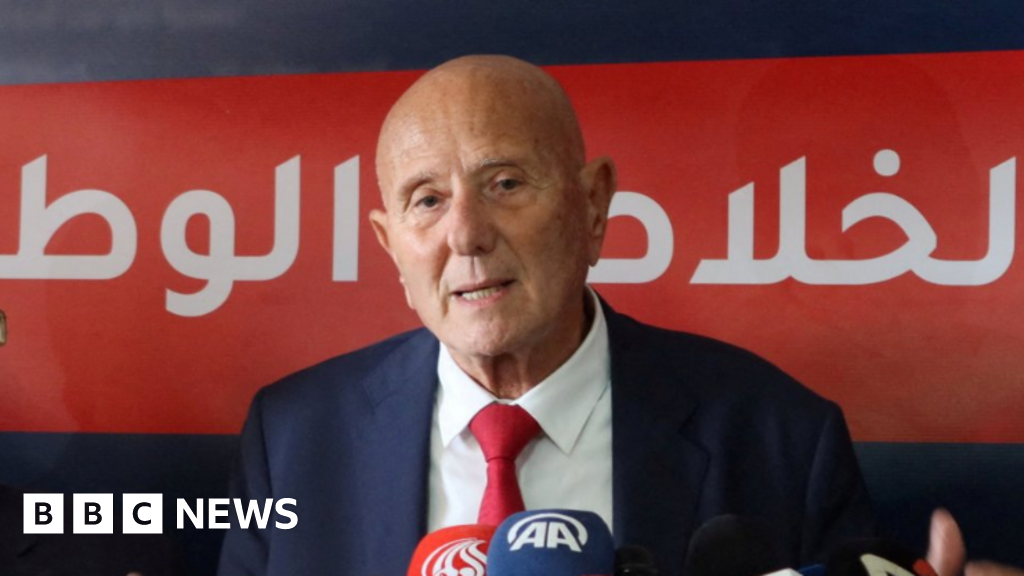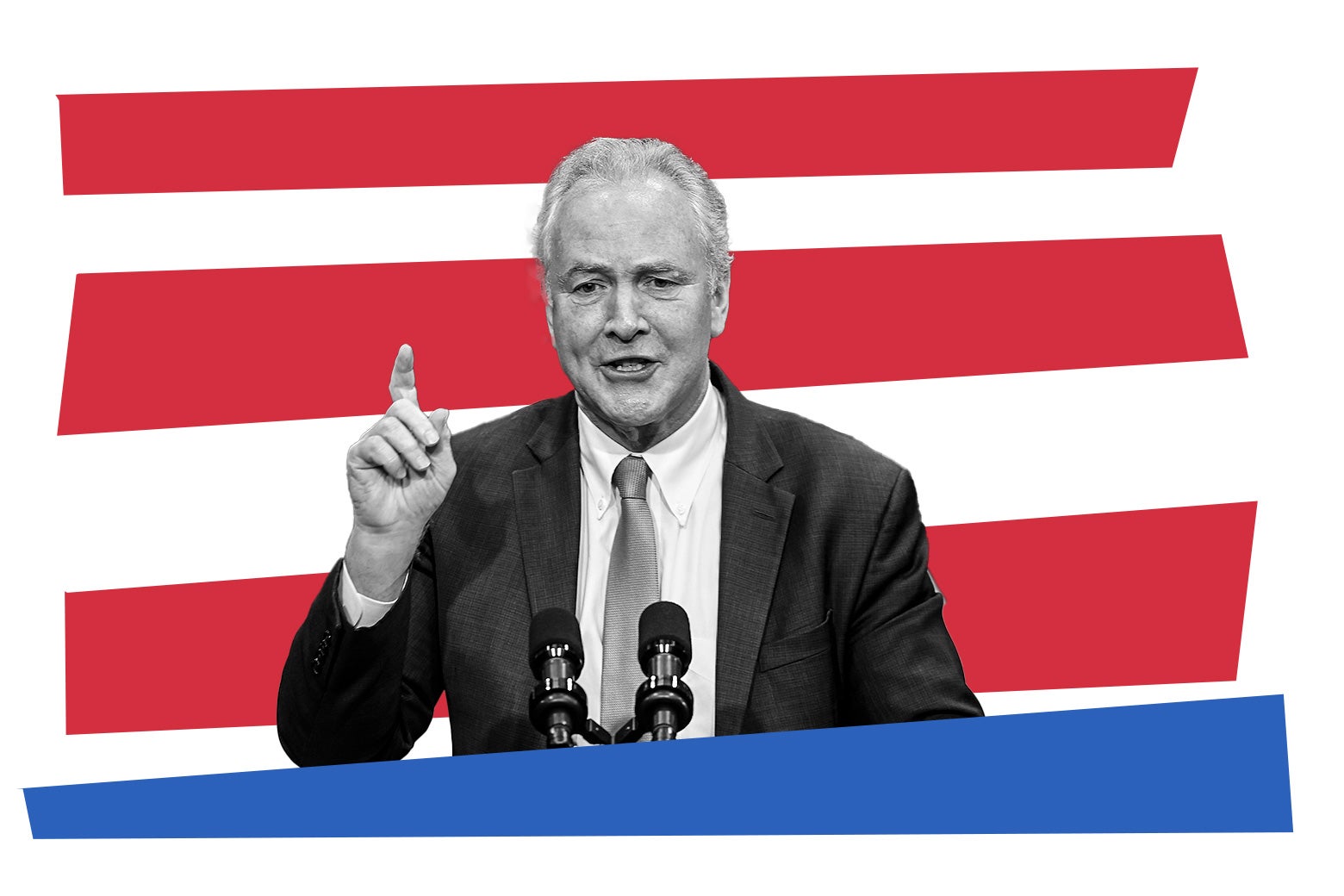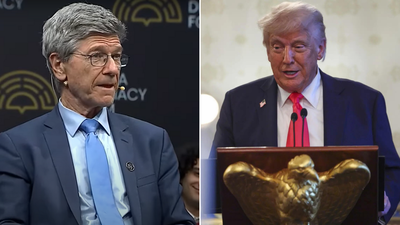Pope Francis Skips Meeting with U.S. Vice President JD Vance, Delegates Discussion to Cardinal Parolin

Pope Francis did not attend the scheduled meeting with U.S. Vice President JD Vance at the Vatican on Saturday. Instead, the pontiff assigned Cardinal Pietro Parolin, the Vaticans Secretary of State, to engage in a lecture centered on the theme of compassion, as detailed in an official Vatican statement.
The absence of Pope Francis was notable, especially given the historical and ongoing concerns surrounding immigration and humanitarian crises that have been a focal point of discussions between the Vatican and the U.S. government. Although Vance met with Cardinal Parolin, the Vaticans statement emphasized that their dialogue included an exchange of opinions regarding the international landscape, particularly highlighting countries grappling with war, political strife, and alarming humanitarian crises. The statement particularly underscored the situations faced by migrants, refugees, and prisoners, urging for a spirit of serene collaboration between the White House and the Catholic Church in the United States.
This appeal for cooperation hints at the underlying tensions that have existed between the Vatican and the U.S. administration since President Donald Trump took office. Vance's office released a statement that notably omitted any mention of migration in their discussions with Cardinal Parolin. Instead, it indicated that the two officials focused on issues concerning persecuted Christian communities around the globe, as well as Trumps purported commitment to restoring peace worldwide. Bloomberg reported on these developments, enlightening readers on the broader context of Vance's diplomatic engagements.
However, insiders from the Vatican disclosed to Sky News that Vice President Vance did manage to have a brief encounter with Pope Francis at his residence, although the specifics of their conversation remain undisclosed. This brief meeting has been a point of interest, especially given the vice presidents stance and recent actions related to immigration policies.
Pope Francis has been vocal in his condemnation of the current U.S. administrations immigration policies, which he has labeled as disgraceful and a grave sin. In particular, the pontiff has confronted Vance, who holds the distinction of being the highest-ranking Catholic official within the U.S. government, following his conversion in 2019. Notably, Pope Francis subtly addressed Vances invocation of a Catholic principle known as ordo amoris (order of love) in defense of the administrations deportation efforts. In a pointed letter issued in February, the Pope clarified that Christian love is not a concentric expansion of interests that little by little extend to other persons and groups, emphasizing a more inclusive understanding of love and compassion.
In response to the Popes critiques, Vance has acknowledged his limited knowledge of Catholicism, referring to himself as a baby Catholic and admitting, there are things about the faith that I dont know. His recent comments have also sparked controversy, particularly in January when he clashed with the U.S. Conference of Catholic Bishops, suggesting that they were facilitating the resettlement of illegal immigrants to secure funding. Such claims prompted New York Cardinal Timothy Dolan to publicly rebuke Vance, labeling his remarks as scurrilous, nasty, and not true.
During this Easter weekend, Vice President Vance and his wife, Usha Vance, are spending time in Rome, having recently met with Italian Prime Minister Giorgia Meloni. The couple attended the Vaticans Good Friday service, a significant event in the Catholic calendar, reflecting their engagement with the Catholic community during this holy period. It is also worth noting that Pope Francis, aged 88, is recuperating from a severe bout of pneumonia that required an extended hospital stay of over a month. Fortunately, he has resumed his official duties and was recently well enough to meet with King Charles and Queen Camilla during their visit to the Vatican.
In an editor's note, it has been clarified that the Pope did not intentionally snub JD Vance, underscoring the complexity of their interactions and the ongoing dialogue between the Vatican and American political leaders.





























